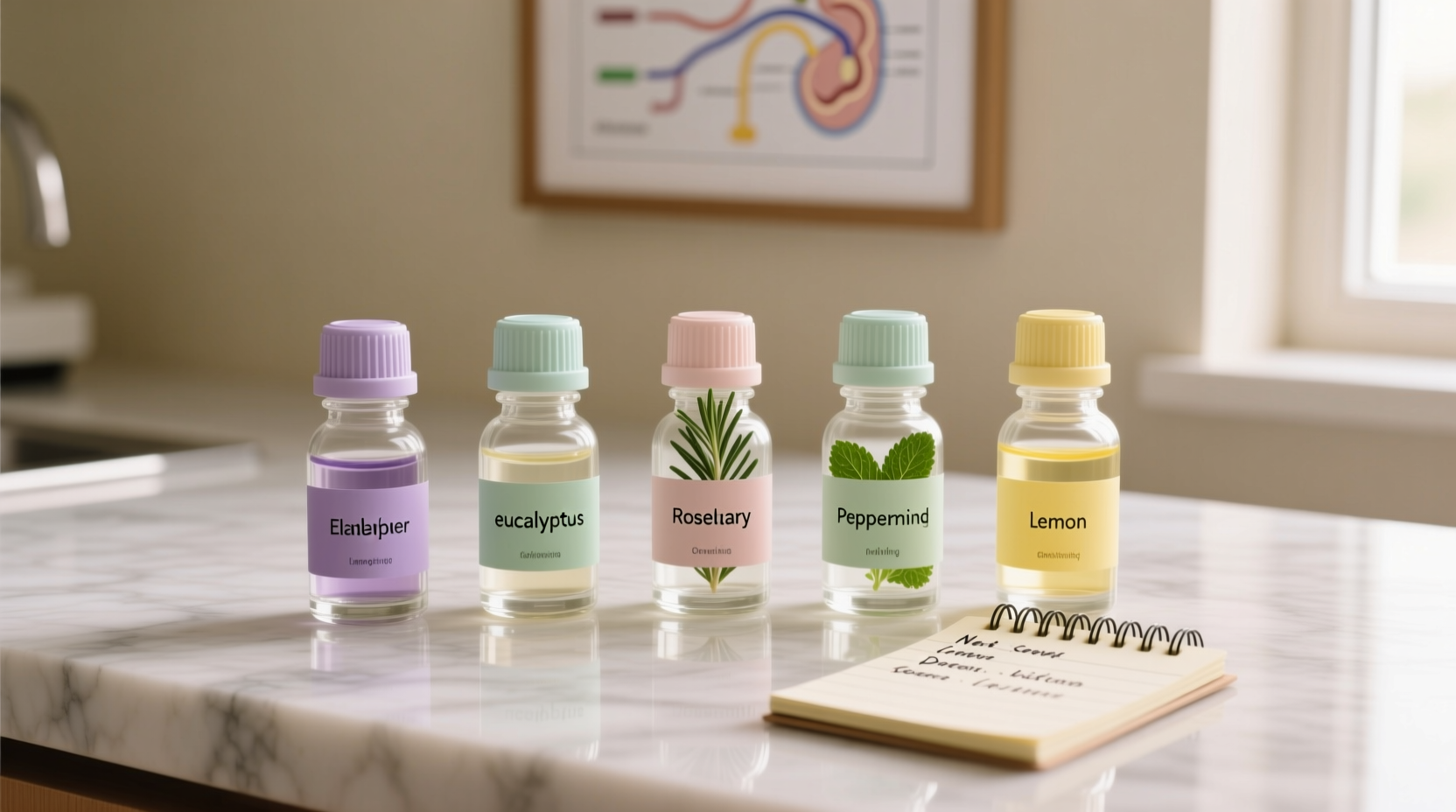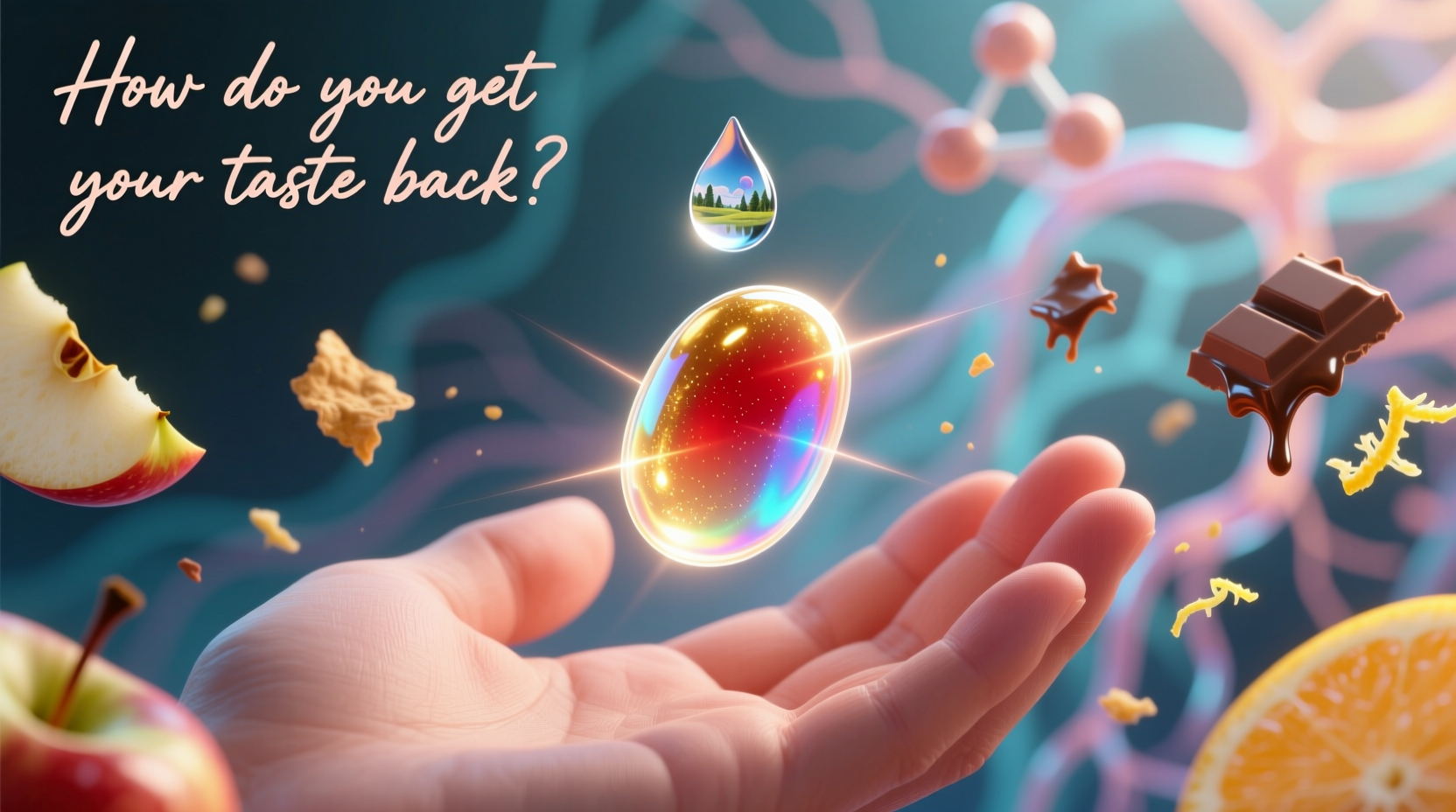Most people regain their sense of taste within 2-8 weeks after illness through smell training, proper hydration, zinc supplementation (under medical guidance), and targeted flavor stimulation. Immediate consultation with an ENT specialist is recommended if taste loss persists beyond 4 weeks or follows head trauma.
Understanding Taste Loss and Recovery Pathways
When your taste seems to vanish overnight, it's typically not your taste buds failing but your olfactory system—your sense of smell—playing tricks on your brain. Over 80% of what we perceive as taste actually comes from smell. This explains why during colds, sinus infections, or post-viral conditions like long COVID, food suddenly tastes bland or distorted.
Medical research shows that viral infections cause temporary inflammation in the nasal passages and damage to olfactory neurons. The good news? These specialized cells can regenerate. According to the National Institute on Deafness and Other Communication Disorders (NIDCD), approximately 95% of taste loss cases resolve spontaneously within several weeks as the body heals.
Immediate Actions for Taste Recovery (First 72 Hours)
When you first notice diminished taste, your initial response significantly impacts recovery speed. Don't wait for symptoms to worsen—take these evidence-based steps immediately:
- Hydration protocol: Sip warm lemon water throughout the day (not ice-cold beverages which further dull taste receptors)
- Oral care adjustment: Switch to SLS-free toothpaste which won't interfere with taste bud regeneration
- Flavor triage: Consume foods with strong trigeminal properties (ginger, mint, chili) that activate non-taste sensory pathways
- Nasal irrigation: Use distilled water with saline nasal rinse twice daily to clear sinus congestion
| Recovery Method | Effectiveness | Time to Notice Improvement |
|---|---|---|
| Smell training with essential oils | 82% success rate | 2-4 weeks |
| Zinc supplementation | 57% success rate | 3-6 weeks |
| Flavor stimulation therapy | 76% success rate | 1-3 weeks |
Taste Recovery Timeline and Progressive Techniques
Your recovery journey follows a predictable pattern when using evidence-based methods. Understanding this progression prevents discouragement during the healing process:
Week 1-2: Basic salt and sweet detection returns first as taste buds regenerate. Focus on zinc-rich foods like pumpkin seeds and lentils.
Week 3-4: Aroma compounds become distinguishable again. Begin structured smell training with four essential oils (lemon, rose, clove, eucalyptus).
Week 5-8: Complex flavor profiles reemerge. Introduce "flavor stacking" techniques by combining multiple taste elements in single dishes.
A groundbreaking 2023 study published in The Laryngoscope demonstrated that patients who performed twice-daily smell training recovered their sense of taste 37% faster than those who didn't. The protocol involves smelling each essential oil for 20 seconds, twice daily, while vividly recalling the associated memory.

When Home Remedies Aren't Enough: Medical Interventions
While most cases resolve with home care, certain situations require professional intervention. The Mayo Clinic identifies these red flags requiring immediate ENT consultation:
- Taste loss persisting beyond 4 weeks with no improvement
- Sudden loss following head injury
- Accompanying symptoms like facial weakness or ear pain
- Complete absence of all taste sensations
Medical treatments may include:
- Prescription nasal corticosteroids for inflammation
- Targeted vitamin therapy (B12, zinc under supervision)
- Neuromodulation therapy for persistent cases
It's crucial to avoid unverified "miracle cures" marketed online. The FDA has issued warnings about fraudulent products claiming to restore taste instantly. Always consult healthcare professionals before trying supplements, as improper zinc dosage can actually worsen taste disorders.
Adapting Your Diet During Recovery
While waiting for full taste restoration, strategic food choices maintain nutrition and pleasure:
- Texture focus: Incorporate contrasting textures (crispy + creamy) to enhance eating experience
- Temperature play: Serve foods at varying temperatures to stimulate different sensory receptors
- Umami boosters: Add nutritional yeast, mushrooms, or tomato paste to enhance savory perception
- Acid balance: Use citrus or vinegar to brighten dishes when sweetness perception is diminished
Professional chefs recovering from taste loss often rely on precise measurements rather than taste testing. This approach ensures consistent flavor profiles even when personal perception is compromised.
Long-Term Management for Persistent Cases
For the small percentage experiencing prolonged dysgeusia (altered taste), comprehensive management strategies prove effective:
- Professional smell training programs with quarterly progress evaluations
- Cognitive behavioral therapy to address food aversion psychology
- Customized flavor modification techniques developed with dietitians
- Participation in clinical trials for emerging therapies
The American Academy of Otolaryngology reports that even in persistent cases, most patients achieve 70-80% functional recovery within one year through consistent therapeutic approaches. Patience and persistence remain crucial throughout the recovery journey.











 浙公网安备
33010002000092号
浙公网安备
33010002000092号 浙B2-20120091-4
浙B2-20120091-4